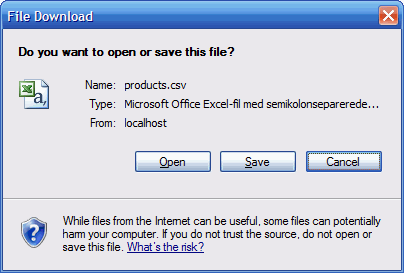Validate a URL using regular expressions
Today, I had to build web form that took user input from standard ASP.NET input controls. In one of the text boxes the user must to enter a valid URL, so I had to make some validation logic. But first of all, I had to find out what kind of URL’s we would accept as being valid. These are the rules we decided upon:
- The protocol must be http or https
- Sub domains are allowed
- Query strings are allowed
Based on those rules, I wrote this regular expression:
(http|https)://([\w-]+\.)+[\w-]+(/[\w- ./?%&=]*)?
It is used in a RegularExpressionValidator control on the web form and on a business object in C#.
<asp:RegularExpressionValidator runat="Server"
ControlToValidate="txtUrl"
ValidationExpression="(http|https)://([\w-]+\.)+[\w-]+(/[\w-
./?%&=]*)?"
ErrorMessage="Please
enter a valid URL"
Display="Dynamic" />
Here is the server-side validator method used by the business object:
using System.Text.RegularExpressions;
private bool IsUrlValid(string url)
{
return Regex.IsMatch(url, @"(http|https)://([\w-]+\.)+[\w-]+(/[\w-
./?%&=]*)?");
}
You can add more protocols to the expression easily. Just add them to the beginning of the regular expression:
(http|https|ftp|gopher)://([\w-]+\.)+[\w-]+(/[\w- ./?%&=]*)?
You can also allow every thinkable protocol containing at least 3 characters by doing this:
([a-zA-Z]{3,})://([\w-]+\.)+[\w-]+(/[\w- ./?%&=]*)?
